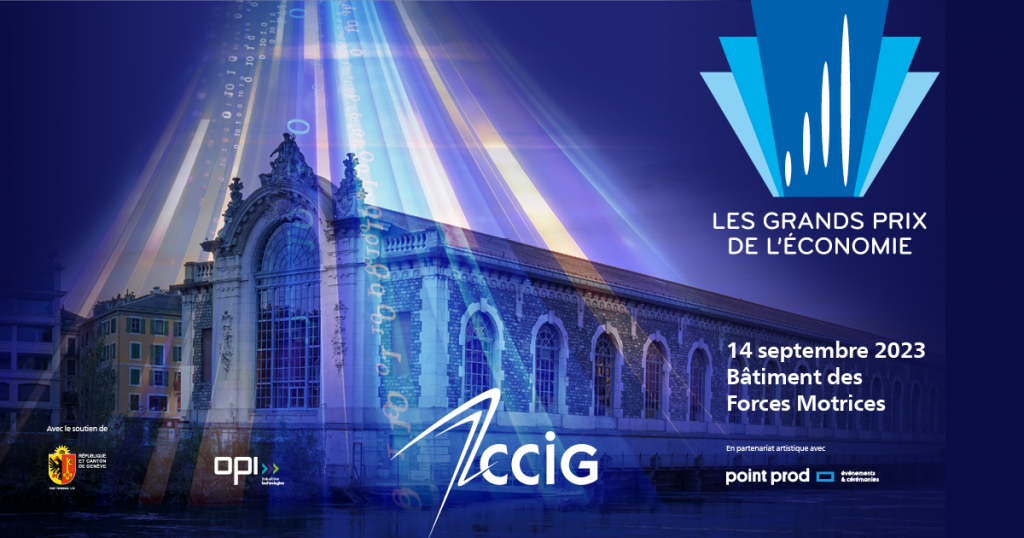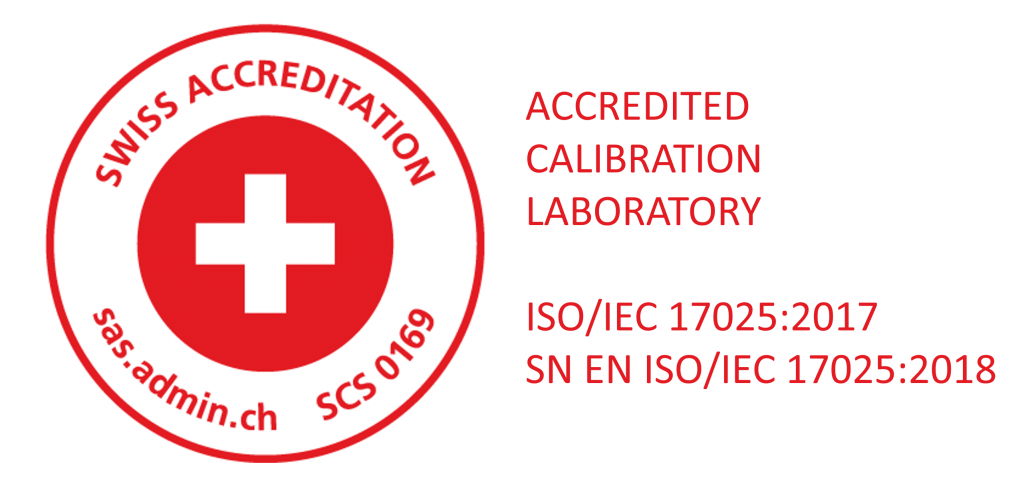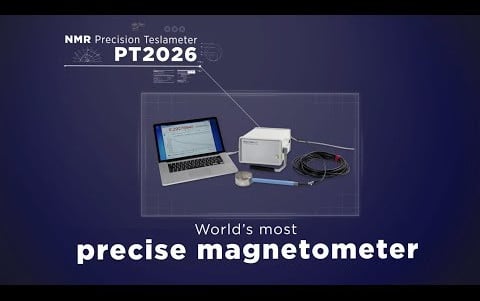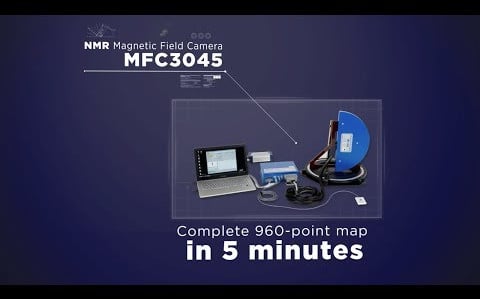Prof. Dr. Joris Pascal is a lecturer in Life Sciences Technologies at the Institute for Medical Engineering and Medical Informatics (FHNW-IM2) in Muttenz, Switzerland. Joris holds a master’s degree in electrical engineering from the Ecole Supérieure d’Electricité (Supélec) in France and a PhD in Microelectronics from the University of Strasbourg, France. Before entering the faculty at the FHNW, Joris held Senior Scientists positions at ABB in Switzerland. Joris now focuses his energy on the development of sensor systems for Life Sciences and Medicine.
Can you begin by describing the research activities in your institute?
The Institute for Medical Engineering and Medical Informatics (FHNW-IM2) is active in the area of systems for diagnostic and therapeutic applications. We operate at the innovative intersection of industry, medicine and academia.
What about you? How would you summarize the work you are doing?
My research interests mainly focus on the investigation of new types of magnetic sensors and sensor systems and their applications in imaging, robotics and analytics. More specifically, I am active in the fields of MRI imaging, magnetic navigation and tracking systems as well as in NMR spectroscopy. For all this applications, new types of sensors can help improving diagnostic or even open the way to new therapeutic solutions.
You recorded the mapping of a clinical MRI magnet1; can you describe this video?
In this video, you can see a magnetic sensor network entering the tunnel of a clinical MRI. This network consists of an arrangement of nine three-dimensional magnetic field sensors based on the Metrolab MagVector™ MV2* magnetometer on a chip (to my knowledge no other 3D magnetic sensor chip commercially available can measure up to 30T). The integration of a magnetic sensor module within a LEGO brick allows us to perform measurements in many geometrical configurations with a remarkable accuracy and ease to use. The video shows how the sensor network can acquire dynamic fields and the strong increase of the magnetic field as the sensor enters the tunnel. Actually, we acquire with this system the magnetic field gradients applied during imaging sequences. Unlike existing techniques, this system delivers the full magnetic field vector information.
How did the project come about? What was the inspiration?
We started the project with a general purpose. We aimed at developing a flexible magnetic field mapper, which could fit many R&D industrial applications or physics experiments besides the specific MRI application. However, the MRI application has been the first to be tested with our prototype. The inspiration came from my collaboration started many years earlier with the IADI lab at the University Hospital in Nancy, France. We needed to map the magnetic field gradients within an MRI in order to use this data set to locate objects during MRI imaging sequences. A surgical tool or an ECG electrode equipped with an MV2 chip can then be tracked during imaging.
What are the next steps?
The next step will be to make the modular sensor system even smaller and faster to be able to acquire any type of MRI magnetic field gradients. The recording of several MRI gradient types will allow us to locate an object in different MRI sequences. The main principle is still based on the unique relationship between magnetic field and location within the bore.
What future developments would you like to see in instruments that can help you with your work?
Magnetic field probes that could measure strong magnetic fields such as in a 3T MRI with several tens of kHz acquisition rate, a micro-Tesla resolution and parallel sampling capability for multiple probe systems would be highly valuable. The sensing technology is there, the devices not yet commercially available.
I understand you were not alone in the process, whom did you collaborate with?
Besides Metrolab’s team who provided their expertise as well as the MV2 chip, I worked with the IADI lab team of Prof. Jacques Felblinger, mainly Dr. Julien Oster and Benjamin Roussel. This lab located at the University Hospital in Nancy allowed us to test the system in a clinical MRI environment. Nicolas Collin from the University of Strasbourg has supported us in the software development.
https://www.fhnw.ch/en/people/joris-pascal
Reference:
1: Abstract #1759 ISMRM’18: Magnetic gradient mapping of a 3T MRI scanner using a modular array of novel three-axis Hall sensors,
Joris Pascal , Nicolas Weber , Jacques Felblinger , and Julien Oster
FHNW, University of Applied Sciences and Arts Northwestern Switzerland, Muttenz, Switzerland, U947, Inserm, Nancy, France, IADI, Université de Lorraine, Nancy, France







